 | John Charles Snowball - 1837 - 322 pages
...logarithms of the several factors, we obtain the product of those factors. 5. The logarithm of a quotient is equal to the logarithm of the dividend minus the logarithm of the divisor. For a " =-=V n a1a?1 .-. la (— I => la»и- \аП. \П I r log I - J = log m — log n. Hence, if... | |
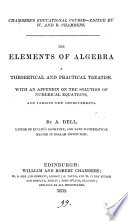 | Andrew Bell (writer on mathematics.) - 1839 - 500 pages
...and x' = ly. And aх x aх = yy', or aх+х'=yy'; and hence x + x' = lyi/ or lytf = ly + ly'(502.) 1 The logarithm of the quotient of two numbers is equal to the difference of their logarithms.1 For ax -=- a* = - or e"' = -; and hence x — ж'= l ~, У У1 У'... | |
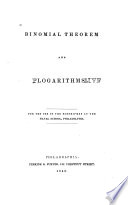 | William Chauvenet - Binomial theorem - 1843 - 102 pages
...them together ; the sum will be found in the table to be the logarithm of the required product. 61. The logarithm of the quotient of two numbers is equal to the difference of their logarithms. For b and c being any two numbers, we have a\og.b—l) alog.<;_cDividing... | |
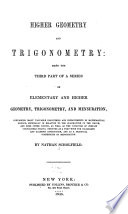 | Nathan Scholfield - Conic sections - 1845 - 542 pages
...N' c? N .•. def. (2), x— x1 is the logarithm of that is to say, The logarithm of a fraction, or of the quotient of two numbers, is equal to the logarithm of the numerator minus the logarithm of the denominator. III. Raise both members of equation (1) to the power... | |
 | Nathan Scholfield - Conic sections - 1845 - 244 pages
...logarithms of these factors. II. Divide equation (1) by (2), N_a* N' a* The logarithm of a fraction, or of the quotient of two numbers, is equal to the logarithm of the numerator minus the logarithm of the denominator. III. Raise both members of equation (1) to the power... | |
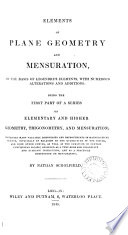 | Nathan Scholfield - 1845 - 894 pages
...logarithms of these factors. II. Divide equation (1) by (2), N_o*_ N'~^ The logarithm of a fraction, or of the quotient of two numbers, is equal to the logarithm of the numerator minus the logarithm of the denominator. III. Raise both members of equation (1) to the power... | |
 | Charles William Hackley - Algebra - 1847 - 546 pages
....-. by definition, x — x" is the logarithm of ^ ; that is to say, The logarithm of a fraction, or of the quotient of two numbers, is equal to the logarithm of the numerator minus the logarithm of the denominator. III. Raise both members of equation (1) to the nth... | |
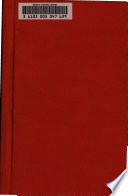 | 1852 - 316 pages
...of the expansion of HJ (« + 4 )». SECT. IV.— 1. Define the logarithm of a number, and show that the logarithm of the quotient of two numbers is equal to the difference of their logarithms. 2. Shew that cos. (A — B) = cos. A cos. B + sin. A sin. B. 3. Shew... | |
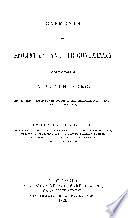 | Adrien Marie Legendre - Geometry - 1852 - 436 pages
...equation (1) by equation (2), member by member, we have, mn MM 10 -=_r~0r, ra — tt = log-r^: hence, The logarithm of . the quotient of two numbers, is equal to the logarithm of the dividend diminished by the logarithm of the divisor. 5. Since the logarithm of 10 is 1, the logarithm of the... | |
 | Charles Davies - Navigation - 1852 - 412 pages
...Dividing equation (1) by equation (2), member by member, we have, MM 10m n = i^or, m — n = logjr: hence, The logarithm of the quotient of two numbers, is equal to the logarithm of the dividend diminished by the logarithm of the divisor. 5. Since the logarithm of 10 is 1, the logarithm of the... | |
| |